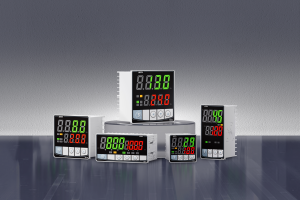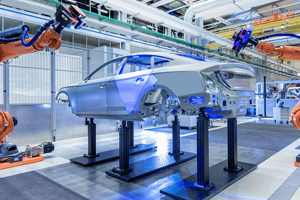How Solid State Relays Work in Temperature Controllers: A Comprehensive Guide
Learn how solid state relays (SSRs) work in temperature controllers. Discover their components, working principles, advantages, and applications in industrial and home settings
1. Components of SSR s
.
Photocouplers offer electrical isolation between input and output to ensure safe signal transfer without direct electrical contact between input and output.
2. Working Principle of SSRs SSR
operation begins when low-voltage control circuit input signals arrive and trigger photocouplers; these then transfer their respective control signal directly into semiconductor switching elements according to what was specified by their control signal - offering precise but quick switching for applications like temperature regulation. This ensures smooth operations for applications such as temperature regulation.
Temperature Controllers Utilizing SSRs
SSRs play a pivotal role in temperature controllers by creating an ideal climate. Used alongside temperature sensors like thermocouples or resistance temperature detectors (RTDs), their data is processed by the controller before being sent directly back out as control signals to adjust power to heating or cooling elements in this feedback loop that ensures temperatures stay within their specified limits.
3. SSR Applications in Temperature Control
SSRs have many uses when it comes to temperature regulation, including industrial process control for maintaining consistent and precise temperatures throughout manufacturing processes.
*Home Appliances: In domestic settings such as ovens and heaters, home appliances play an essential role in maintaining consistent temperatures that enable them to function optimally.
Solid State Relays offer several distinct advantages over mechanical relays: * Longevity and Reliability: SSRs' non-moving parts extend their lifespan more slowly without experiencing failure as often, prolonging their longevity without worry for mechanical relays.
* Lower Electromagnetic Interference (EMI): SSRs produce significantly less electromagnetic interference (EMI), making them ideal for sensitive electronic environments.
* Quiet Operation and Rapid Switching: SSRs operate quietly while being significantly faster at switching on or off than mechanical relays.
4. Conclusion
Solid state relays (SSRs) are integral parts of temperature controllers, providing accurate, dependable, and cost-efficient temperature regulation. Their advantages over mechanical relays make them perfect for many different uses in industry as well as household appliances; by understanding their working principles and considerations one can successfully incorporate them into temperature management systems.
- How to Change an Intermotor A/C Auto Temperature Control Relay: Step-by-Step Guide
- How to Connect an A/C Auto Temperature Control Relay: A Comprehensive Guide























